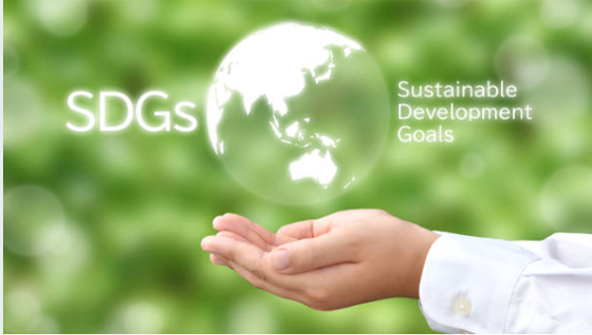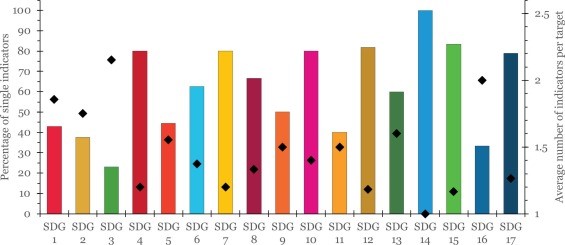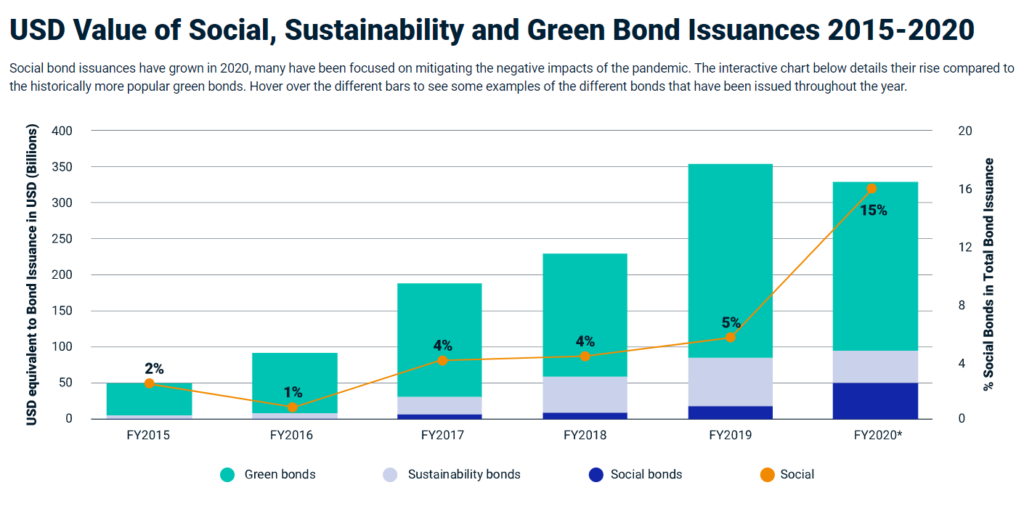“UN SDGs and Pax Japonica” Vol. 3

The pitfalls of “goals” unraveled from the structure ~What is the nature of “goals” in the post-SDGs~
It has been about 58 years since the term “Spaceship Earth” was popularized by 20th-century American architect and thinker Buckminster Fuller. At the time, Fuller wrote the Operating manual for Spaceship Earth, in which he redefined the concept of “wealth” and described it as “the number of days in the future that we can concretely prepare for a certain number of human beings” [Puumala 24]。
(Figure: Fuller’s Spaceship Earth Pilot’s Manual)

(Reference: buecher.de)
Now, about 60 years after the above, the Japanese government is also moving within the framework of the United Nations around the Sustainable Development Goals (SDGs). Since the adoption of the SDGs by inheriting the lineage of the Millennium Development Goals (MDGs), will we human beings on the same planet “Earth” be able to achieve the SDGs, which are our promise to the world?
In response to the basic principles of the SDGs, we held the “Compassion for social inclusion” project last year (2023). This led to an interesting outlook on the gap between the basic principles of the United Nations and our country.
At the annual SDGs Summit, where assessments of the SDGs made by each member state are published, progress against the 17 goals is reported. On the other hand, the results of the survey have been published at the general public level, which shows that they are aware of the SDGs themselves, but do not know what kind of progress is actually being made. In fact, in a social survey of Japan citizens collected by our institute in 2023, 80% answered that they did not know about SDGs initiatives.
(Figure: Survey results on SDGs goals)

(Reference: Conducted in FY2023 by our institute)
Why is there a discrepancy between the debate at the United Nations on the SDGs for human society and the discussion at the level of the general public? In this paper, we aim to approach the essence of the SDGs themselves by introducing several critical reviews, and to foster awareness of the post-SDGs.
First of all, by setting the goal of the SDGs, the problems that should be solved do not come to the surface, but become latent. This argument has been put forward by economist Charles Goodhart [Kim 23]. According to Goodhart, the actors themselves tend to act as if they are complying by focusing on the progress of the goal, when in fact they are not contributing to making real social progress towards the target 。 The so-called Goodhart Law became known worldwide for the argument proposed by anthropologist Marilyn Strathairn [Marilyn 97], that “when a measure becomes a goal, it is no longer a good measure” [Kim 23]. A familiar example is the GDP growth rate. When used as the sole indicator of economic health, the objective of boosting GDP could become the primary focus, rather than taking into account the well-being of all actors in the economy. In order to avoid such problems, it is important to use some appropriate indicators for the problem to be measured (the targets set by each SDG).
This is why the MDGs, the predecessor of the SDGs, are evaluated as having a higher degree of achievement than the SDGs, even though the goals were smaller than those of the SDGs. With the current large number of SDGs targets, many times more indicators are needed, which provides important implications for setting the number of goals in the post-SDGs.
(Figure: Number of indicators for the goals advocated by each SDGs)

(Reference: ScienceDirect)
The next point of contention is the risk of promoting corruption by quantifying it. The SDGs set goals for solving 17 global issues. However, it has been criticized that it is difficult to prevent these indicators from creating distorted incentives, and this law is called Campbell’s Law. This has been proposed by psychologist Donald Campbell, who says that the more quantitative social indicators are used for social decision-making, the more corruption leads to corruption and distorts social processes [Fisher 24]. In terms of specific examples, ESG is easy to understand. ESG is an acronym for “Environmental,” “Social,” and “Governance,” and has been attracting attention as a standard for measuring “sustainability,” which is a central theme in corporate management and investment decisions in the 21st century. On the other hand, as is well known, there have been cases where ESG-washing has not been tackled using such a framework, which is actually called ESG-washing.
(Figure: Trends in Green Finance Financing)

(Reference: Medium)
Finally, various discussions are taking place on the current SDGs. In this paper, we discuss structural issues in the history of the SDGs from the origins of the MDGs to the SDGs. From Goodbert’s Law, he introduced the point that setting the goal itself will take you away from solving the problem. In other words, if the evaluation itself becomes an objective, it will deviate from the essential strategy to actually solve the problem, and if the evaluation is carried over to the post-SDGs, the same result may occur. Next, Campbell’s Law explains the mechanism by which incentives work negatively by using quantitative social indicators for social decision-making. This law was explained using the example of green finance, but it is fully envisioned in the process of policy decision-making regarding the SDGs, and it is also necessary to pay attention to this for the next SDGs.
However, in this paper, I do not want to conclude that having a common global goal such as the SDGs is necessarily a bad thing. For example, an economist named Piketty has questioned the effectiveness of inequality policies at the national level, arguing that management at the multinational level, such as a major power, would lead to a better response. In fact, the 17th of the SDGs calls for partnership building, and efforts are being made to connect the north and south [Pietro 24].
However, in light of the geopolitical risks of recent years, I believe that we have reached the limit of how much cooperation between countries alone can lead to the post-SDGs era. Therefore, the United Nations allows non-governmental organizations to participate in decision-making in the Economic and Social Council. Our sister organization has also been granted Special Advisory Status since December last year, and to this day we are making recommendations for Pax Japonica. In the future, it is expected that the trend of international legislation will strengthen the direction of setting a framework aimed at achieving international cooperation from the aspect of the discipline of interstate relations. Under such circumstances, it is expected that the number of NGOs independent of the state, independently pursuing the common interests of the international community, and forming a legal order will increase in the future [Nishitachino 02]. NGOs have the potential to be positioned as active actors in shaping such a new type of international law, and our institute and its sister organization, the Japan Research Organization for Globalization, will play a pivotal role in the post-SDGs era.
Corporate Planning Group・Shugo Iwasaki
(References)
[Puumala, 24] Puumala, Mikko M. “Sustainability and Humanity’s Future in Space: A Conceptual Exploration.” The Philosophy of Outer Space. Routledge 100-110(2024).
[Kim, 23] Kim, Rakhyun E. “Augment the SDG indicator framework.” Environmental Science & Policy 142 (2023): 62-67.
[Fisher, 24] Fisher, Len, et al. “Sustainability: We need to focus on overall system outcomes rather than simplistic targets.” People and Nature (2024).
[Pietro, 24] Pietro De Giovanni, Vinay Ramani: A Selected Survey of Game Theory Models with Government Schemes to Support Circular Economy Systems (2024)
[西立野, 02]西立野園子. “The Expanding Role of NGOs and Their Position in International Law,” Annals of World Law 2002.21 (2002): 110-134.



